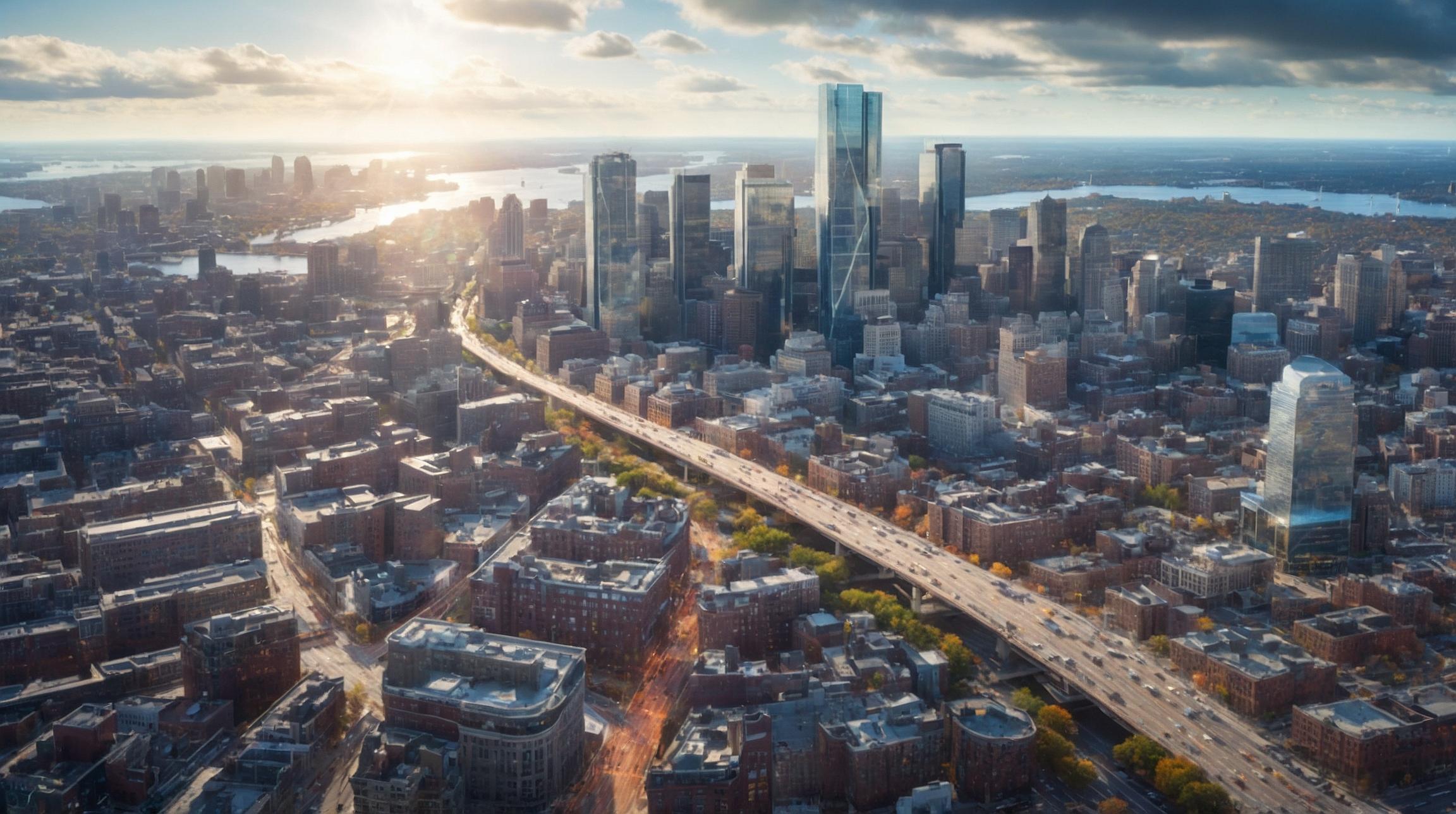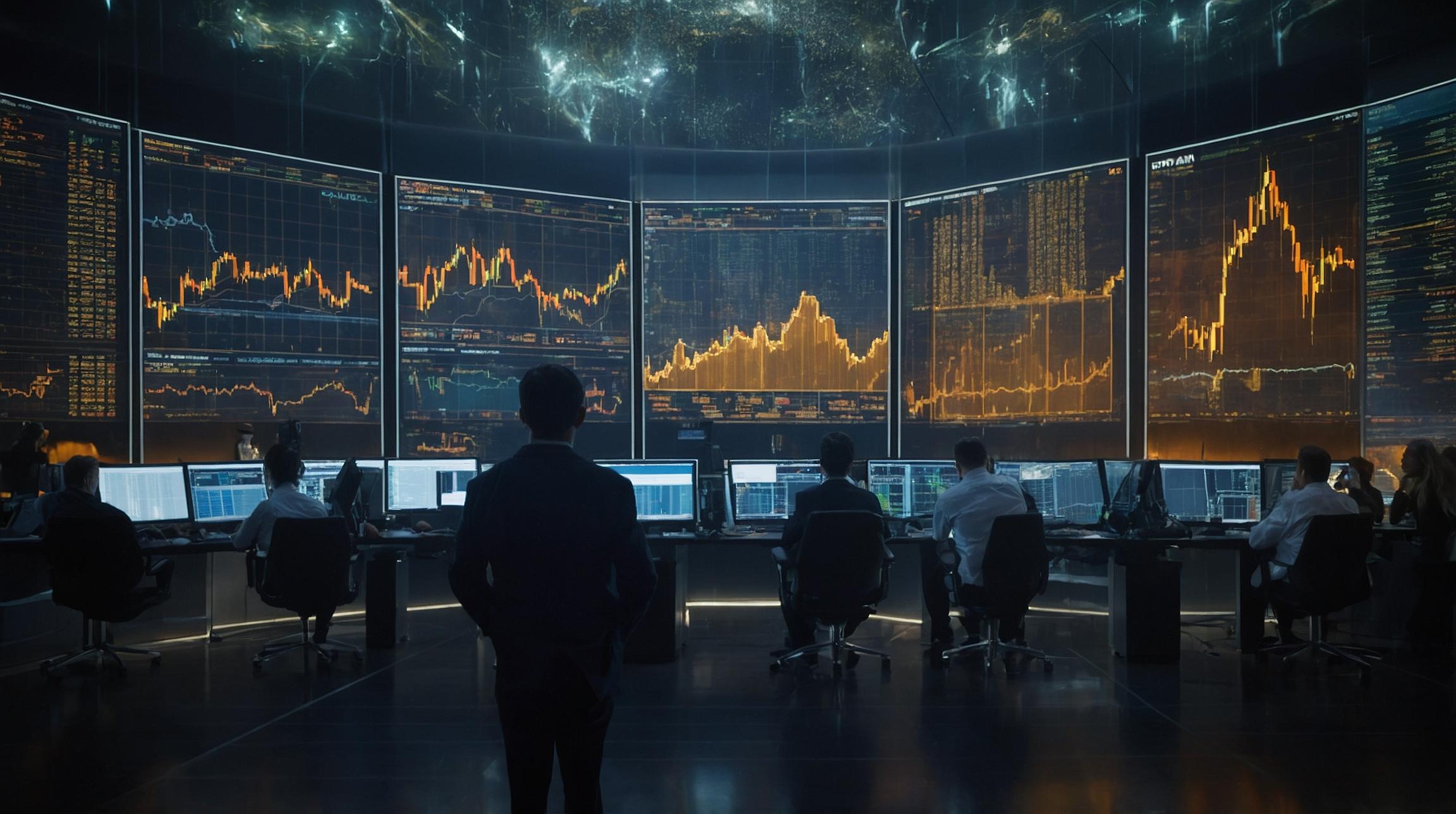Traffic Flow Improvements with AI
Traffic in Boston is changing for the better. The city has started using artificial intelligence (AI) to help manage traffic lights. This is part of a collaboration with Google’s Project Green Light, which aims to improve traffic flow and reduce emissions by smartly timing traffic signals.
How AI Helps Reduce Congestion
In simple terms, AI analyzes traffic patterns to suggest changes in how long traffic lights stay red or green. Think of a recipe that is constantly adjusted based on taste; AI does something similar with traffic lights based on real-time data. This means less stop-and-go traffic, which makes driving smoother and helps cars burn less fuel.
Initial Results and Success Stories
Boston started this project by focusing on four busy intersections in neighborhoods like Fenway-Kenmore, Mission Hill, and Jamaica Plain. For example, at Huntington Ave. & Opera Place, traffic jams have decreased by more than 50%. Additionally, cities worldwide using similar technology have seen a 10% drop in car emissions. This means cleaner air and happier commuters.
Benefits Beyond Traffic
This project is not just about making driving easier. It's also about ensuring that all the systems that monitor and manage traffic are working properly. This means catching problems early and fixing them fast.
Boston and Seattle: Leading the Way
Currently, only Boston and Seattle in the United States are part of Project Green Light. Both cities are seeing positive changes, making them leaders in using technology for traffic management. As Matheus Vervloet from Google stated, "Through Project Green Light, we are using AI to help improve the lives of people in cities around the globe by reducing traffic and emissions."













